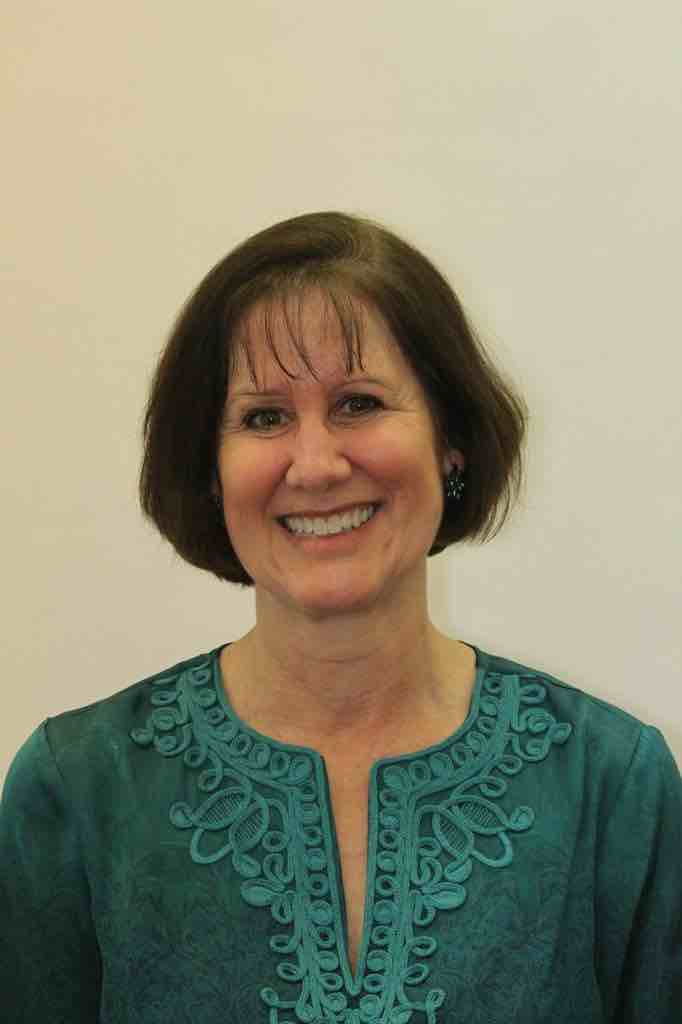
Amye Warren-Leubecker
Department of Psychology
University of Tennessee
amye-warren@utc.edu
website

|
Amye Warren-Leubecker Department of Psychology University of Tennessee amye-warren@utc.edu website |
| Participants: | 54 |
| Type of Study: | naturalistic |
| Location: | USA |
| Media type: | audio |
| DOI: | doi:10.21415/T51G6G |
Warren-Leubecker, A. (1982). Sex differences in speech to children. Unpublished doctoral dissertation. Georgia Institute of Technology.
Warren-Leubecker, A., & Bohannon, J. N. (1984). Intonation patterns in child-directed speech: Mother-father speech. Child Development, 55, 1379–1385.
In accordance with TalkBank rules, any use of data from this corpus must be accompanied by at least one of the above references.
Parents were instructed to play with or talk to their children as naturally as possible. They were instructed to bring out the child in conversation, and the only limitation was that neither child or parent was to actually read to the other. The parents were told that the experimenter was interested in how language develops, and was tape recording children of various ages for a project. Actually, the purpose of the project was to examine the fundamental voice frequencies used by mothers versus fathers when speaking to children, and the parents were subsequently informed that the ex-perimenter was less interested in the child’s speech than in their own. A Revox reel-to-reel recorder and omnidirectional microphone were used and all home background noise was eliminated. Each session with mother or father lasted at least 15 minutes, possibly up to half an hour. Thus, each child conversed for at least half an hour. The recordings were transcribed verbatim by the experimenter using the common English alphabet. Phonetic approximations were used for any uninterpretable speech segments, and for common “slang” phrases (e.g., “gonna,” “wanna,”“doin,” and “uh-huh”). Moreover, care was taken to approximate dialectical variation in pronunciation. All of the parents lived in the suburbs of Atlanta, Georgia, but did not have “Southern” accents. None of the parents or children had any obvious speech disfluencies, and none of the children were language delayed. The transcripts were compared for mother-directed speech.